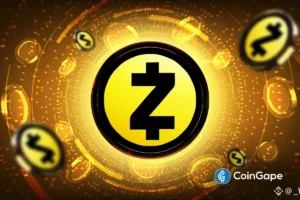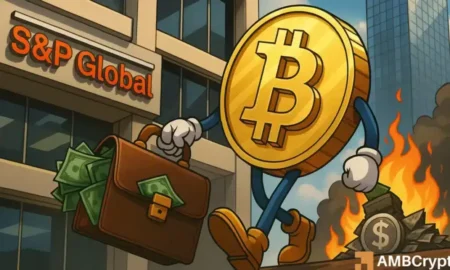Ethereum’s Unmatched Dominance in DeFi: A Comprehensive Overview
Ethereum has firmly established itself as the powerhouse of decentralized finance (DeFi), commanding an unprecedented market presence with over $370 billion in user assets locked on its network. This towering figure showcases Ethereum’s robust infrastructure compared to its closest competitors, who collectively trail by nearly $290 billion. The extensive ecosystem of decentralized applications (DApps) running on Ethereum contributes significantly to its leading position, underscoring why Ethereum remains a pivotal player in the blockchain industry.
Ethereum’s Leading Position in DeFi
Ethereum’s dominance in the DeFi landscape is illustrated by its ability to secure an astounding $370 billion in user assets. This stark contrast highlights Ethereum’s leadership, especially when compared to other major blockchains like Solana, TRON, and Arbitrum, which struggle to capture even a fraction of this value. The continuous innovation of lending protocols, yield farming, and stablecoins within the Ethereum ecosystem has fueled its growth. As DeFi applications proliferate, Ethereum’s total value locked (TVL) not only reflects its market strength but also solidifies its role as a foundation for financial applications in the blockchain space.
The Role of Tokenized Assets and Stablecoins
At the heart of Ethereum’s market value is its array of tokenized assets, including stablecoins. These assets act as a crucial stabilizing factor for Ethereum’s market cap, often setting a floor value for its cryptocurrency, ETH. As user adoption of tokenized assets increases on the Ethereum network, it typically signals a rise in ETH’s valuation. Market data suggests a direct correlation between the growth of tokenized assets and the fluctuations in ETH’s market cap, illustrating how essential these financial instruments are for Ethereum’s overall health and stability.
Market Dynamics and Price Trends
As of the latest reports, ETH was trading at approximately $4,155, having briefly tested the resistance level of $4,200. Recent technical indicators reveal a nuanced market situation. The Relative Strength Index (RSI) was measured at 52.8, indicating neutral momentum after reverting from overbought conditions. The Moving Average Convergence Divergence (MACD) showed a mild bullish crossover; however, the fading green histogram bars suggested a waning buying strength. Collectively, these indicators imply that the ETH market may be entering a period of consolidation, as it struggles to maintain upward pressure amid short-term resistance levels.
Competition and Market Challenges
Despite its leading position, Ethereum faces increasing competition from other blockchain platforms such as Solana, TRON, and Arbitrum. Each of these ecosystems has made strides in improving transaction speeds and reducing fees, which attract users and developers alike. However, Ethereum’s established network effect, along with its vast ecosystem of developers and projects, continues to provide a competitive edge. As new DeFi projects emerge, the challenge for Ethereum will be to maintain its lead while innovating and addressing issues like high gas fees and network congestion.
Future Growth Prospects
Looking ahead, the future of Ethereum appears promising as the DeFi ecosystem expands. As more tokenized asset classes and stablecoin projects emerge, Ethernet is likely to solidify its dominant role in DeFi. Initiatives such as Ethereum 2.0 aim to enhance scalability and energy efficiency further, making the network more attractive for users and developers. Moreover, the increased institutional interest in blockchain assets may inject more capital into Ethereum, driving up its adoption and overall market value.
Conclusion
In summary, Ethereum’s unparalleled dominance in the DeFi landscape is evident through its impressive $370 billion in locked assets, diverse ecosystem of DApps, and the vital role of tokenized assets in anchoring its market value. As competition intensifies and the market landscape evolves, Ethereum’s ability to innovate and adapt will be crucial for sustaining its leadership position. The ongoing development within Ethereum, particularly with improvements in scalability and user experience, will further empower it to navigate the complexities of the blockchain industry and maintain its vital role in the future of finance.
















